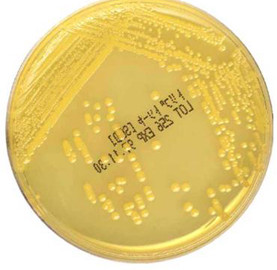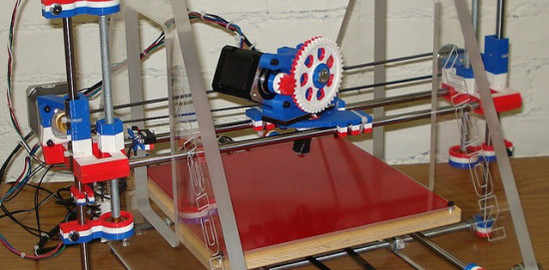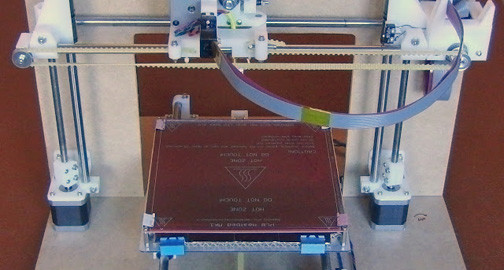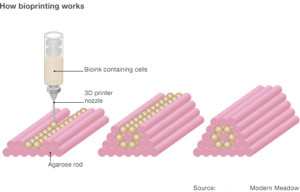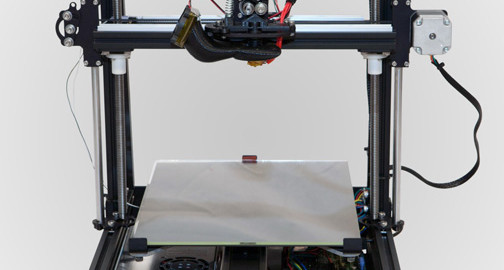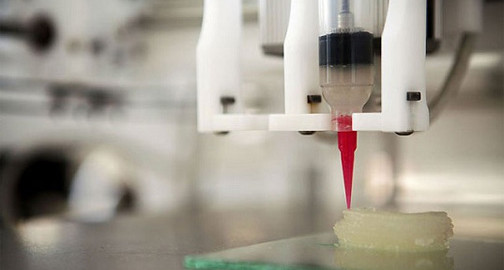Bioprinter “Ink”
Above, Agar plate with growing cells
By Ali Etezadkhah, Project Manager
To grow and take shape, cells need a skeleton or scaffold to attach to. They also need access to nutrients to survive. There are many different types of cell growth media and they range from pure liquid to a solid gel. Most people have had experience with the solid type in their Biology class. Petrie dishes covered with a thin layer of agar are used for growing cells in biology labs.
Agar is a combination of the linear polysaccharide agarose and heterogeneous mixture of smaller molecules called agaropectin. Because it is a mixture of different types of molecules, the gelling point of agar is unpredictable. Controlling the gelling point is very important for 3D printing. As such, agar is not a good choice as the “ink” for the printer.
A pure form of agarose is available for a number of manufacturers. It is usually used to separate DNA fragments based on their size and molecular weight. The procedure is called electrophoresis and utilizes an electric current and a sieve created by the solid agarose gel. Because it is a pure molecule, agarose has a very tight gelling point, a very desirable property for 3D printing. In addition to the narrow gelling temperature range, agarose also provides a sturdy gel when solid. We chose a formulation with very high gel strength to ensure our printed objects hold their shape. We chose formula A0169-10G manufactured by Sigma-Aldrich.
This agarose formula melts between 86.5 and 89.5 degrees Celsius and gels between 34.5 and 37.5 degrees Celsius. This hysteresis is a valuable property because it gives us plenty of time to load the gel into the printer after it has melted. The published gel strength is 1200 gm/cm2, which is the amount of weight needed to depress the gel a distance of 4mm with a 10mm probe without breaking the gel.
Commercial bioprinters use two extruders, one to print pure agarose gel and one to print a watery solution of cells. This allows the operator to create intricate tissue or organs. Our printer only has a single extruder so we are limited to printing with a mixture of agarose and living cells.

